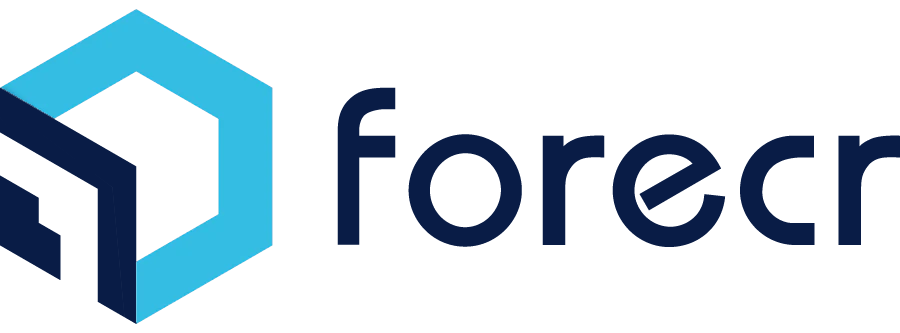How to Run Tensorflow Object Detection in Real Time with USB Webcam on NVIDIA & Jetson & Nano
ENVIRONMENT
Hardware: DSBOX-N2(NVIDIA® Jetson™ Nano™)
OS: Ubuntu 18.04 LTS, JetPack 4.5
How to use Tensorflow libraries and USB camera with docker
In this blog post, we will learn how to run Tensorflow Object Detection in real time with a USB camera. The GitHub repo has been taken as a reference for the whole process.
First, we must install Tensorflow Object Detection models. Let us go into the Documents folder and create folder for all required files named Tensorflow, so that we can work methodically:
cd ./Documents
mkdir Tensorflow
cd Tensorflow
Now let us install the required files while inside Tensorflow folder:
git clone https://github.com/tensorflow/models.git
Now we need protobuf for serializing structured data, let us install it to the same folder:
git clone
https://github.com/protocolbuffers/protobuf/releases/download/v3.17.3/protoc-3.17.3-linux-aarch_64.zip
Let us install unzip to extract our folder:
sudo apt-get update
sudo apt-get install unzip
Now let us extract our zip file and rename it, while deleting the old zip file afterwards:
unzip protoc-3.17.3-linux-aarch_64.zip
mv protoc-3.17.3-linux-aarch_64 protobuf
rm protoc-3.17.3-linux-aarch_64.zip
Now we should go inside the research folder inside Tensorflow and run protobuf:
cd models/research/
sudo protoc object_detection/protos/*.proto –python_out=.
If it worked correctly, you should see python files in the folder path Tensorflow/ models/research/object_detection/protos:

And for the end of this section, let us connect our camera to one of our USB ports on Jetson Nano and check it with:
ls /dev/video*
You should see a yellow line indicating that the device can see your camera:

How to run Tensorflow Object Detection in Python
Since our preparations outside the docker are done, let us install our container and run it:
cd
docker pull nvcr.io/nvidia/l4t-ml:r32.5.0-py3
sudo docker run -it --rm --gpus all -e DISPLAY=:0 -v /tmp/.X11-unix:/tmp/.X11-unix -v /home/nvidia/Documents:/home/nvidia/Documents --device /dev/video0:/dev/video0 --network host nvcr.io/nvidia/l4t-ml:r32.5.0-py3
Now, we should be inside our container. We need to create, write and run a python file, and in order to do that, we need to install nano and Tkinter:
apt-get update
apt-get install nano
apt-get install python3-tk
After we got these installations, we need to create a python file inside Tensorflow folder, and write our code:
cd ./home/nvidia/Documents/Tensorflow/models/research/object_detection/
touch Real_time_object_detection.py
nano Real_time_object_detection.py
Now you should see an empty file like below:

Copy the below code and paste it with Ctrl + Shift + C to this empty file:
import numpy as np
import os
import six.moves.urllib as urllib
import sys
import tarfile
import tensorflow as tf
import zipfile
import tkinter
from collections import defaultdict
from io import StringIO
from matplotlib import pyplot as plt
from PIL import Image
import cv2
cap = cv2.VideoCapture(0)
sys.path.append("..")
from utils import label_map_util
from utils import visualization_utils as vis_util
MODEL_NAME = 'ssd_mobilenet_v1_coco_11_06_2017'
MODEL_FILE = MODEL_NAME + '.tar.gz'
DOWNLOAD_BASE = 'http://download.tensorflow.org/models/object_detection/'
# Path to frozen detection graph. This is the actual model that is used for the object detection.
PATH_TO_CKPT = MODEL_NAME + '/frozen_inference_graph.pb'
# List of the strings that is used to add correct label for each box.
PATH_TO_LABELS = os.path.join('data', 'mscoco_label_map.pbtxt')
NUM_CLASSES = 90
opener = urllib.request.URLopener()
opener.retrieve(DOWNLOAD_BASE + MODEL_FILE, MODEL_FILE)
tar_file = tarfile.open(MODEL_FILE)
for file in tar_file.getmembers():
file_name = os.path.basename(file.name)
if 'frozen_inference_graph.pb' in file_name:
tar_file.extract(file, os.getcwd())
detection_graph = tf.Graph()
with detection_graph.as_default():
od_graph_def = tf.GraphDef()
with tf.gfile.GFile(PATH_TO_CKPT, 'rb') as fid:
serialized_graph = fid.read()
od_graph_def.ParseFromString(serialized_graph)
tf.import_graph_def(od_graph_def, name='')
label_map = label_map_util.load_labelmap(PATH_TO_LABELS)
categories = label_map_util.convert_label_map_to_categories(label_map, max_num_classes=NUM_CLASSES, use_display_name=True)
category_index = label_map_util.create_category_index(categories)
with detection_graph.as_default():
with tf.Session(graph=detection_graph) as sess:
while True:
ret, image_np = cap.read()
image_np_expanded = np.expand_dims(image_np, axis=0)
image_tensor = detection_graph.get_tensor_by_name('image_tensor:0')
boxes = detection_graph.get_tensor_by_name('detection_boxes:0')
# Score is shown on the result image, together with class label.
scores = detection_graph.get_tensor_by_name('detection_scores:0')
classes = detection_graph.get_tensor_by_name('detection_classes:0')
num_detections = detection_graph.get_tensor_by_name('num_detections:0')
# Actual detection.
(boxes, scores, classes, num_detections) = sess.run(
[boxes, scores, classes, num_detections],
feed_dict={image_tensor: image_np_expanded})
# Visualization of the results of a detection.
vis_util.visualize_boxes_and_labels_on_image_array(
image_np,
np.squeeze(boxes),
np.squeeze(classes).astype(np.int32),
np.squeeze(scores),
category_index,
use_normalized_coordinates=True,
line_thickness=8)
cv2.imshow('object detection', cv2.resize(image_np, (800,600)))
if cv2.waitKey(25) == ord('q'):
cv2.destroyAllWindows()
break
Then press Ctrl + X to quit, then press Y to save changes, and finally press ‘Enter’ to confirm the file’s name.
How to detect objects in real time with Tensorflow
The name of the models we are using are ‘ssd_mobilenet_v1_coco_11_06_2017’. Now, we need to gain access to our camera from docker. Open a new terminal using Ctrl + Alt + T, and write the following:
xhost +

We should see the following output from the terminal. Then let’s switch back to our first terminal and run our code, since we are ready:
python3 Real_time_object_detection.py
Running our file may take a couple of minutes. You can see how it works below:

Thank you for reading our blog post.


